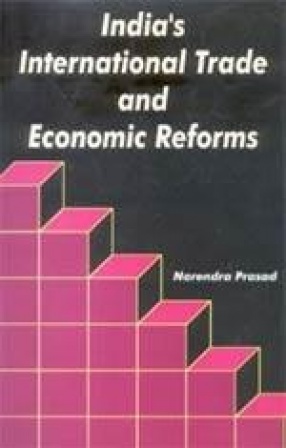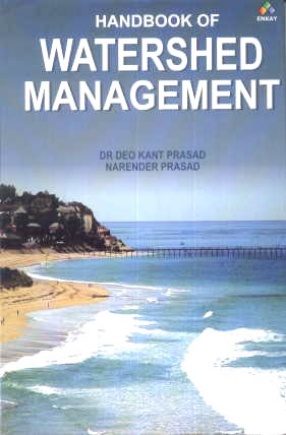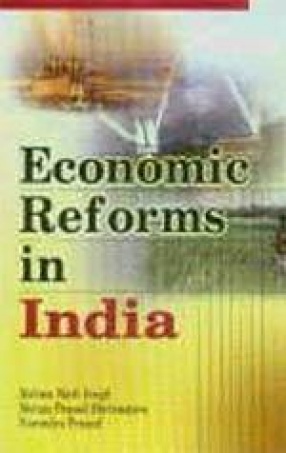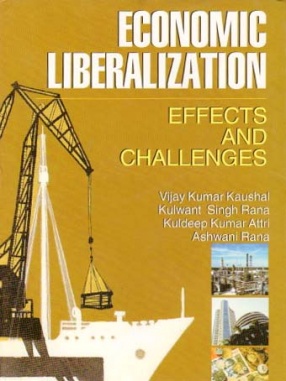The analysis of trade theories has become a justifies exercise because the character of international trade has undergone significant structural changes in recent decade. International trade has a vital role to play in the economic development of a nation. It is considered an engine of growth because a country gets the needed material, capital equipment, machinery, technology, raw materials etc. through entering into international trade. Before 1947 India was supplier of foodstuffs and raw materials to the industrialised nations and importers of manufactured goods. The picture began to change with the advent of economic planning in 1951. The volume of trade has gone up phenomenally and its pattern, structure and direction have also changed during the course of our planned economic development. Our international trade has also undergone remarkable change since the economic reforms and the WTO came into existence. India is now a part of the global economic system. Every sector of the Indian economy is now linked with the world outside either through direct involvement in international trade or through indirect linkages with the export or import transaction of other sectors in the economy. This book tries to cover the pattern, structure, direction, volume and value of India’s international trade from pre-Independence period to the economic reform period. All these issues have a close bearing on India’s future economic development. Thus, the book will be of great use to scholars and students, policy makers and planners and to all interested in the study of India’s international trade.
India’s International Trade and Economic Reforms
In stock
Free & Quick Delivery Worldwide
reviews
Bibliographic information
Title
India’s International Trade and Economic Reforms
Author
Edition
1st ed.
Publisher
ISBN
817391625x
Length
vi+206p., Tables; References; Bibliography; Index; 23cm.
Subjects








There are no reviews yet.